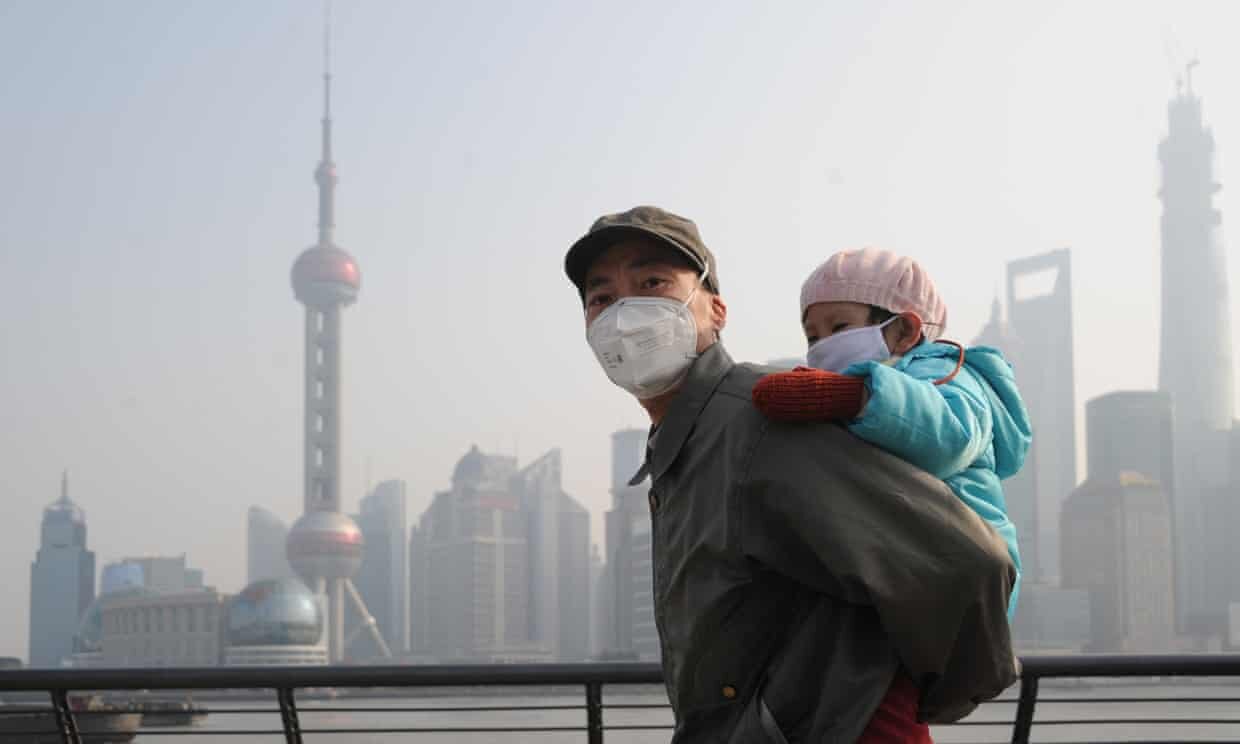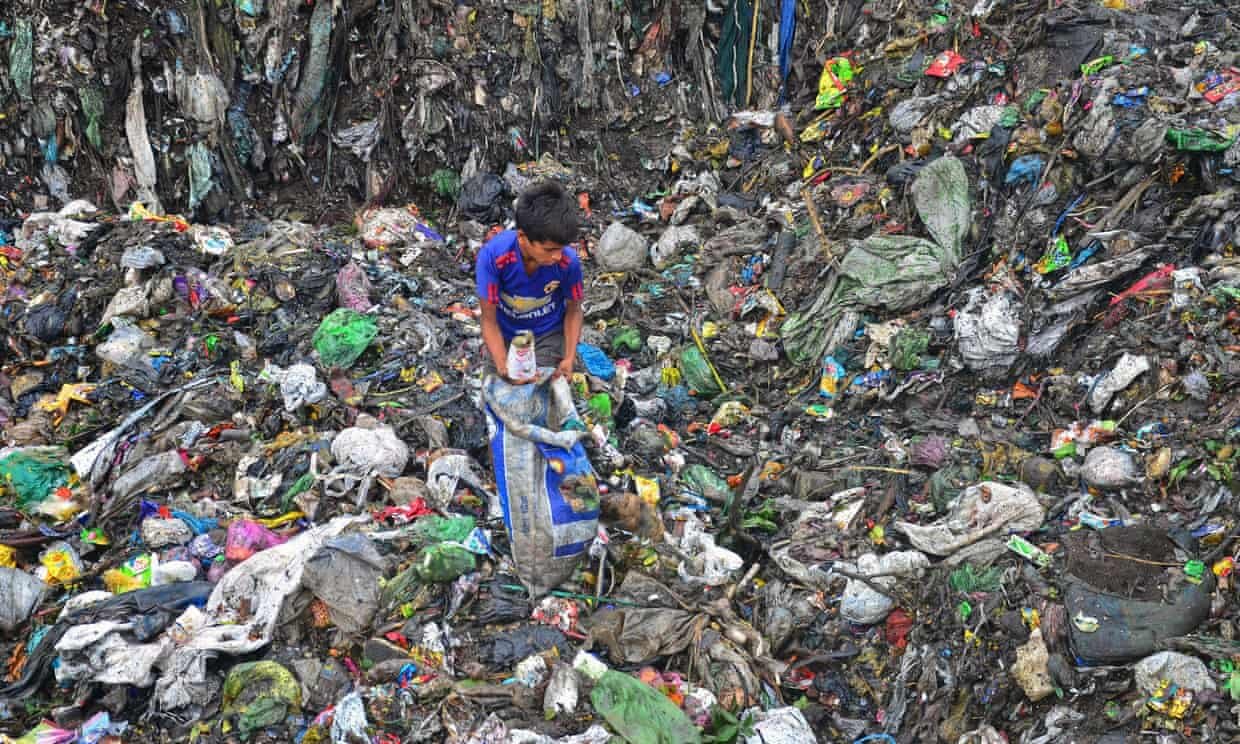We must re-examine journalism's assumptions about truth and power, faced with the climate emergency
A villager shouts for help as a wildfire approaches a house at Casas da Ribeira village in Mação, central Portugal on July 2019. Photograph: Patrícia de Melo Moreira/AFP/Getty Images
How should journalism cover the climate crisis? How does it compel news professionals (and readers) to example their basic assumptions about how the world works, about where power and agency really lies, about who to comfort and who to afflict?
The Guardian have dramatised this issue in the last few weeks, following up their revision of the language in which they report climate matters, with a new set of guidelines on how they use photos and images in news pieces.
They worked with the research organisation Climate Visuals, who have 7 principles for how to use visuals about environmental issues, in the panel to the right (and here’s a full glossary on each).
The Guardian have drawn from this list their own priorities, which seems to be to put humans, rather than depopulated landscapes or cute polar bears, at the heart of any environmental situation reported about.
The following “Not this” -> “But this” slideshows below illustrate the kind of shift the Guardian are aiming at:
We’re reminded here of the work done here on “journalism and the anthropocene” by the Scottish media academic Dominic Hinde (this is an interesting biographical account of his thinking). He makes many interesting points across essays and presentations about the distinct challenges to journalism presented by climate disruption. From the Sociological Review:
A recent history of environmental journalism
Since the early 2000s, environmental journalism has been in strong decline as print media and the generation of environmental correspondents it fostered has crumbled. The torch of environmental reporting has to some degree been passed to new media startups, as click-hungry sites have discovered that climate change stories – both positive and negative – can attract huge audiences.
These sites have not, however, generally tried to reframe climate change or environmental problems as structural phenomena, and in fact mix alarmism with clear ecomodernist reports on successes in innovation as part of a globalised and headline hungry news cycle.
Although they differ from what is known as legacy media in their delivery mechanisms, new outlets also still participate in a heavily market-driven tradition of Anglo-American journalism. Moreover, despite being innovative in many ways, such new outlets accentuate a tendency towards desk-bound ‘screenworkers’ who do not report but merely collate streams of information in a structured repackaging of reality.
A clear symptom of this is a preoccupation with animal content and emotive imagery, creating what researchers have identified a ’10 animals affected by climate change’ framework which seeks to popularise a dry topic to some effect through ironic cuteness.
As the geographer Jamie Lorimer surmises, engagement with the ‘charismatic organisms’ for whom we have concern takes place in print, online or on TV rather than in local interaction (interestingly, this also raises the prospect of a Blade-Runner scenario in which we manufacture simulacra of wildlife, literal electric animals, for our own pastoral ends).
Some of this reductive targeting has been lauded for its effectiveness, together with an idea that climate and environmental change is a complex phenomenon that requires simplification. There has also been a corresponding highbrow movement in environmental journalism to push an ecomodernist agenda.
In order to develop better ‘realistic utopias’, a particular class of environmental journalists have begun to suggest possible solutions to the multiple environmental problems we face. This style of elite journalism, characterised by its moral authority, is still reliant on relatively high modern ideas of the journalist as a knowledge provider and intellectual guide.
How does the Anthropocene challenge the very form of journalism?
Our media still operates using genres of expectation about the present and the future that look increasingly outmoded, under these liquid conditions.
The genre scholar Lauren Berlant has said that global transition ‘has not found its genres for moving on’ as relations of cause and effect break down and the way the world narrates itself suffers from ‘genre loss’…. [“A genre is a loose affectively-invested zone of expectations about the narrative shape a situation will take” - Berlant]
Instead of temporary crises that disrupt a solid settlement, environmental catastrophes will become an integral part of the present. Relationships of cause and effect will become ever more difficult to discern.
There is a consensus that what is coming in the next thirty years will be unlike anything else in human history. Things are about to get fast and weird in a way that will likely transform not only the planet but also the experience of humanity and the modernity we inhabit.
Media work is also subject to disruption in the same way that other forms of professional competence are; news work is not separate from the economy at large and the automation of the media workplace (as well as the precarious gig culture) is found across media industries to an even higher degree than in the wider economy.
To hear Dominic expound on this in person, see the lecture embedded below:









